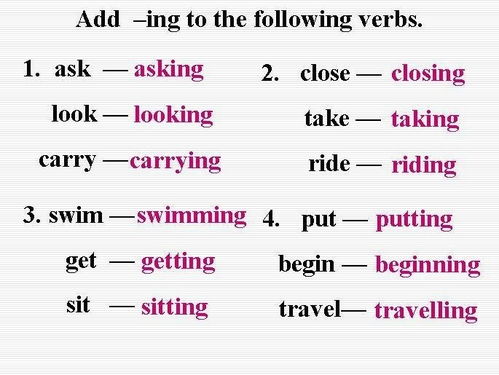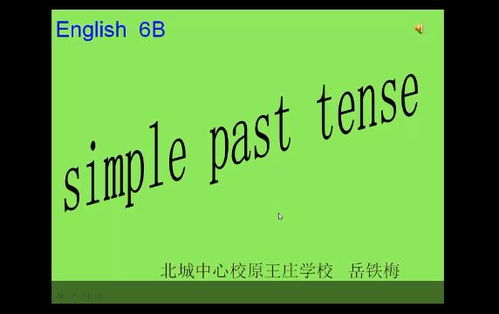
Bite Past Tense
Have you ever wondered about the past tense of the word “bite”? It’s a common verb that we use daily, but how does it change when we talk about actions that have already occurred? Let’s delve into the past tense of “bite” and explore its various forms and uses.
What is the Past Tense of “Bite”?

The past tense of “bite” is “bit.” This simple change from the base form to the past tense form is straightforward and easy to remember. For example, if you were to describe a past event where someone bit you, you would say, “He bit me.” This form is used for both singular and plural subjects.
Regular and Irregular Verbs

“Bite” is an irregular verb, which means that its past tense form does not follow the standard pattern of adding “-ed” to the base form. Most verbs in English are regular, meaning they follow this pattern. However, irregular verbs have unique past tense forms that are often easier to memorize through practice and repetition.
Using “Bit” in Sentences

Now that we know the past tense form of “bite” is “bit,” let’s see how it can be used in different sentences.
1. Simple Past Tense: “I bit into the apple and found it was rotten.”
2. Past Continuous Tense: “I was biting into the sandwich when I heard the doorbell.”
3. Past Perfect Tense: “I had already bitten into the cake when my friend arrived.”
4. Past Perfect Continuous Tense: “By the time I finished my meal, I had been biting for over an hour.”
Common Phrases with “Bit”
Here are some common phrases that include the past tense form of “bite”:
| Phrase | Meaning |
|---|---|
| Bit the dust | To fail or be defeated |
| Bit off more than one can chew | To take on more than one can handle |
| Bit by bit | Gradually or slowly |
| Bit the bullet | To face a difficult situation or decision |
Comparing “Bite” with Other Verbs
Let’s compare the past tense form of “bite” with the past tense forms of other verbs to understand the differences:
| Verb | Base Form | Past Tense |
|---|---|---|
| Bite | Bite | Bit |
| Play | Play | Played |
| Run | Run | ran |
| Swim | Swim | Swam |
Conclusion
Understanding the past tense of “bite” is essential for clear and accurate communication. By recognizing its unique form and using it correctly in sentences, you can express past events and actions with confidence. Remember, “bit” is the past tense of “bite,” and it can be used in various tenses and phrases to convey different meanings.





